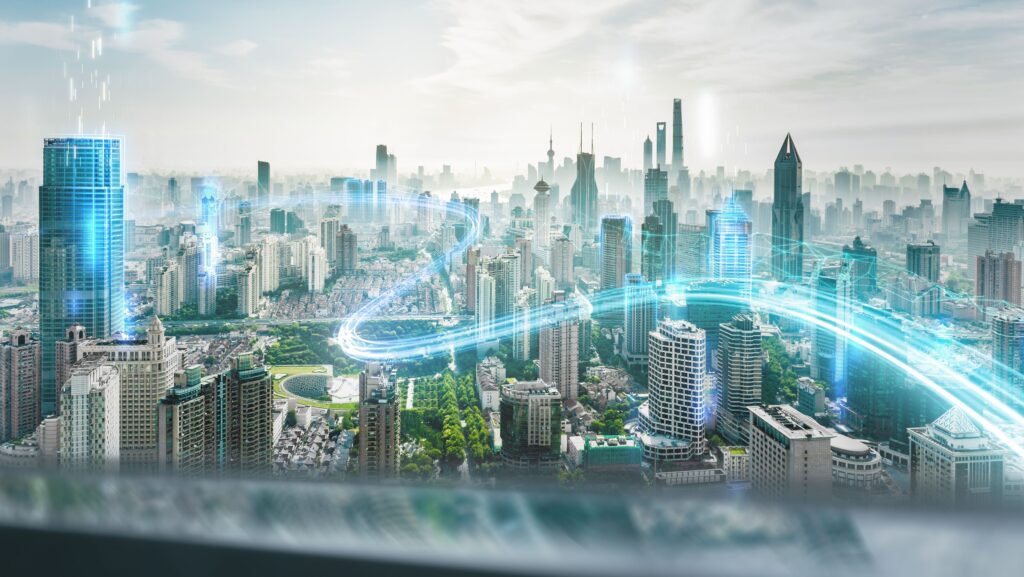Real estate plays a pivotal role in shaping community living, serving as the cornerstone of urban planning, economic development, and social cohesion. Beyond providing shelter, real estate influences the quality of life, fosters connections, and determines the functionality of neighbourhoods. From residential complexes to commercial hubs, real estate drives the evolution of communities and impacts the way people live, work, and interact.
Building Infrastructure for Communities

At its core, real estate development is about creating spaces that meet human needs. Residential projects provide homes that serve as the foundation of family life. Thoughtfully designed neighbourhoods with parks, schools, and healthcare facilities enable residents to thrive. For instance, modern real estate developments often include amenities such as community centres, playgrounds, and walking trails, which encourage interaction and promote a healthy lifestyle.
Commercial real estate also plays a significant role in community building. Retail spaces, offices, and industrial parks generate employment opportunities and foster economic growth. By strategically integrating residential and commercial areas, developers create mixed-use communities where people can live, work, and shop within the same vicinity. This reduces the need for long commutes and contributes to environmental sustainability.
Social Connectivity and Interaction
The design of real estate developments profoundly impacts social interaction. Gated communities, apartment complexes, and condominiums often include shared spaces such as clubhouses, gyms, and swimming pools. These facilities encourage residents to interact, fostering a sense of belonging and community spirit. Additionally, the layout of streets, pedestrian pathways, and public spaces can influence how often people meet and engage with their neighbours.
Smart city projects and real estate developments that incorporate technology further enhance social connectivity. High-speed internet, shared workspaces, and smart home features make it easier for people to stay connected both within and beyond their communities. These advancements also bridge gaps between generations, ensuring that communities cater to diverse needs.
Economic Impact on Communities
Real estate is a major driver of economic activity in any community. New developments create jobs during construction and continue to generate income through property management, retail businesses, and services. Local businesses flourish in well-planned neighbourhoods, contributing to the prosperity of the area. The increase in property values over time also enhances the wealth of residents, fostering economic stability.
Moreover, real estate attracts investments that lead to urban renewal and revitalization. In underdeveloped areas, new housing projects and commercial spaces can transform neighbourhoods, improving the quality of life for residents. These projects also bring improved infrastructure, better transportation, and access to essential services.
Environmental Considerations
The relationship between real estate and the environment is a crucial aspect of community living. Developers are increasingly adopting sustainable practices to minimise the ecological footprint of their projects. Green buildings, energy-efficient designs, and the use of renewable resources not only benefit the environment but also reduce costs for residents.
Communities with green spaces, such as parks and gardens, provide residents with areas for recreation and relaxation while contributing to biodiversity. Real estate developments that prioritise eco-friendly practices promote a healthier and more sustainable lifestyle for their inhabitants.
Challenges in Real Estate Development
Despite its benefits, real estate development faces several challenges that impact community living. Affordability is a significant concern, especially in urban areas where property prices are skyrocketing. The lack of affordable housing can lead to social inequality and displacement of lower-income families.
Urban sprawl is another issue, as unchecked development can strain infrastructure and lead to congestion. Developers and planners must balance growth with sustainability to ensure that communities remain livable. Effective policies and regulations are essential to address these challenges and create inclusive neighbourhoods.
The Future of Real Estate and Community Living
As technology and societal needs evolve, real estate is poised to shape the future of community living in innovative ways. Smart cities, driven by advanced technologies such as artificial intelligence and the Internet of Things (IoT), are becoming a reality. These developments promise more efficient resource management, improved safety, and enhanced quality of life.
Co-living and shared spaces are emerging trends that cater to younger generations and urban dwellers. These models emphasise affordability and community engagement, allowing individuals to share resources and form meaningful connections. Furthermore, mixed-use developments that integrate residential, commercial, and recreational spaces are becoming increasingly popular, reflecting a shift toward holistic living.
Conclusion
Real estate is more than just bricks and mortar; it is the foundation of community living. By shaping physical spaces, fostering social connections, and driving economic growth, real estate significantly influences the way people live and interact. As developers continue to innovate and address challenges, real estate will remain a central force in creating vibrant, sustainable, and inclusive communities.

